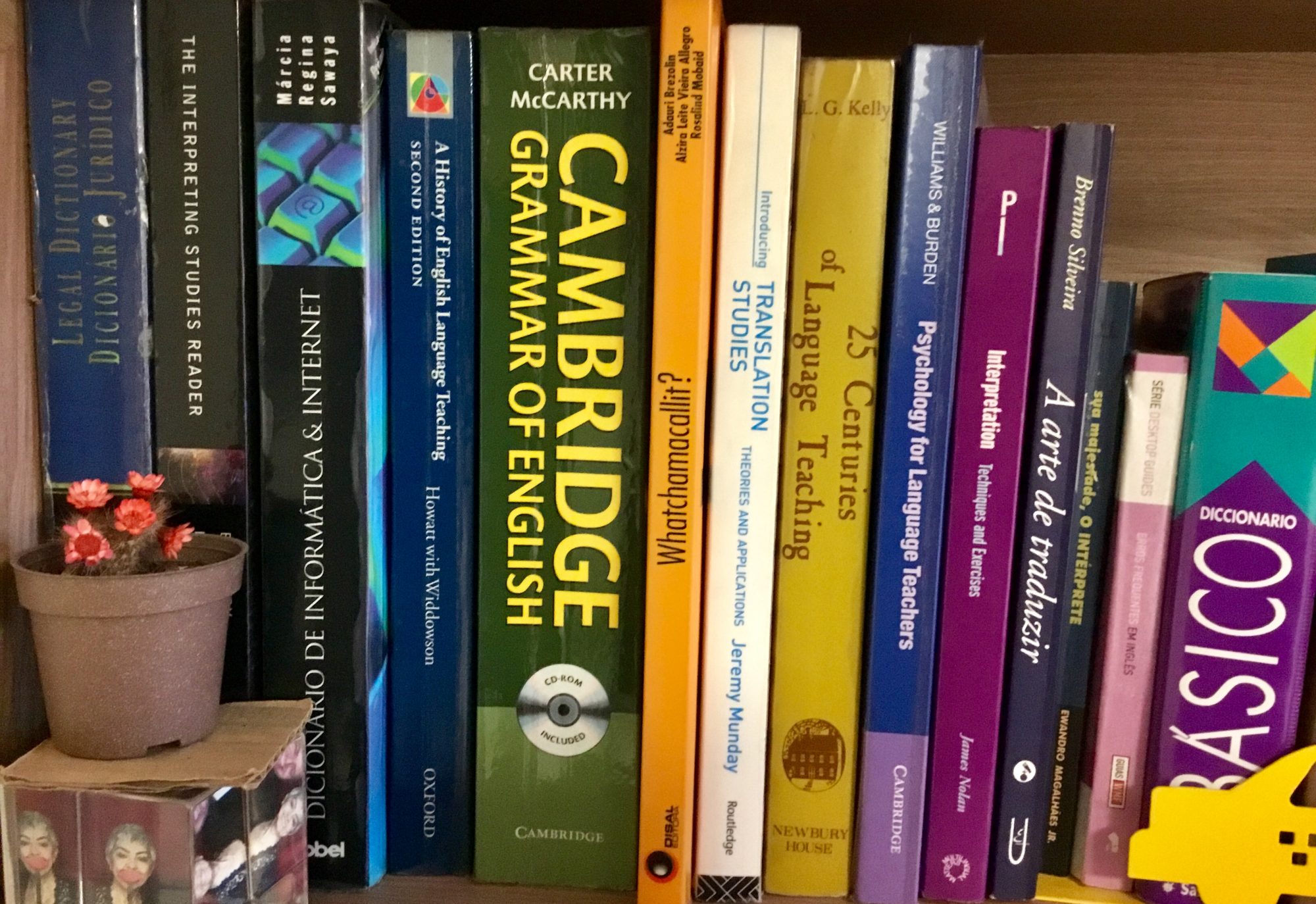In the United States it has been a “haunted” business for decades – with the need for children to wear costumes, neighborhoods decorating their homes, and tonnes of candy.
The need to accessorize seems to have no boundaries. This year, retailers were selling a US$ 425 chainsaw prop (Halloween Friday 13th style), different scents like gasoline (for fake arsonists, I hope), rotten decay (at US$ 10 a pop) for wannabe zombies, etc.
“Halloween is a scary good business. In 2023, the National Retail Federation’s annual survey conducted by Prosper Insights & Analytics reported total Halloween spending is expected to reach $12.2 billion. The previous record was $10.6 billion in 2022 in the US of A alone.“
If some 20 years ago, Halloween was little known in Brazil and seen as an American quaint celebration, alien to the Brazilian culture, in 2023 the trade association in the State of São Paulo, Brazil, forecasts a growth between 12% and 15% in the sale of costumes and accessories for Halloween., with customers spending an average of up to US$ 20, with nearly 70% of Brazilians saying they’d celebrate it in some way or another.
I remember I used to teach about Halloween years ago to my students both young and old and most of them had no idea besides “trick or treat”. We would work some vocabulary related to the holiday in addition to some of its history. We would always end the class with some pumpkin based candy as seen below. That was part of my strategy to bring to the students’ context some culture background and information, and merge a typical Brazilian candy like those pumpkin hearts and an American festivity.

Language schools also started highlighting the “fun” of Halloween with special decorations and costume parties.


Over the past 10 years the number of so-called “bilingual” schools has increased significantly, (mostly English/Portuguese), and according to the Brazilian Association of Bilingual Education (Associação Brasileira do Ensino Bilíngue (ABEBI), there are more than 1,200 bilingual schools in Brazil, a 10% hike in just five years. And those private institutions will also add Halloween celebrations to their academic year calendar.
But now Halloween is more detached from the English learning segment with more people – both children and adults – celebrating it as a kind of macabre carnival – you may wear costumes and eat candy – what’s wrong with that?
Halloween precedes All Hallows Day and the Day of the Dead (November 01 and 02, respectively), but in Brazil, contrary to Mexico, for instance – they have never been big on celebrations of food-related items . Traditionally those 2 holidays were connected with religious displays and respectful (even somber) visits to cemeteries where family members would traditionally take flowers to the graves of their loved ones. Now that tradition is dying out with the flower business having shrunk significantly and Halloween growing in popularity.

This essay doesn’t aim to praise or deride Halloween – though I believe (now more than in the past, that it glamorizes death, fear, witchcraft and zombies) which is never a positive combination in my humble opinion.
But my focus was to shed some light on a celebration traditionally connected with language learning approaches and now overflowing to the society as a whole.
Happy Halloween if you dare.
Cheers,
Mo

